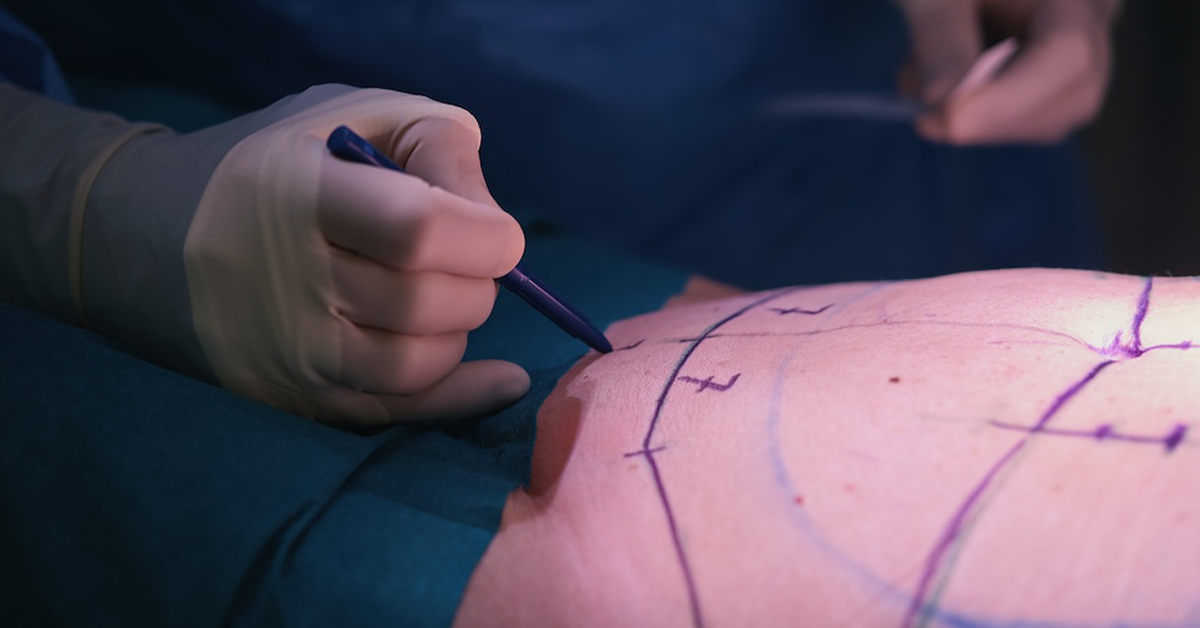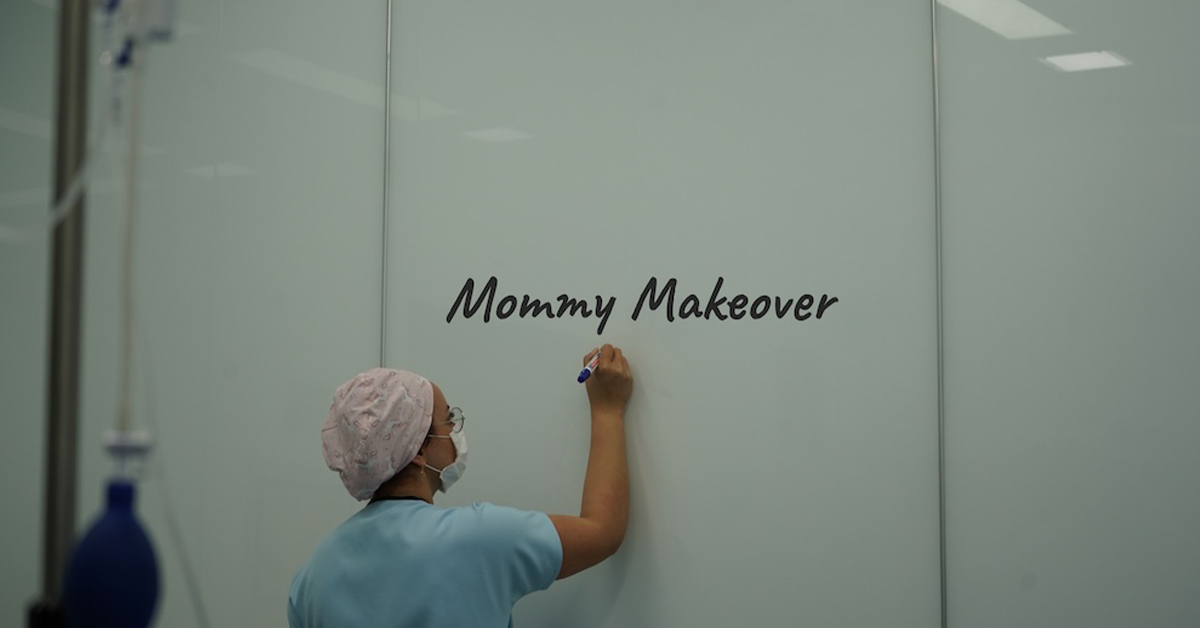What Are the Risks of Brazilian Butt Lift?
Brazilian Butt Lift (BBL) is a surgical procedure that involves transferring fat from one part of the body to the buttocks to enhance its size and improve its shape. While it can yield satisfying results, it’s important to be aware of the potential risks associated with the procedure.
Understanding Brazilian Butt Lift
BBL is often chosen by individuals who wish to enhance their buttock size for cosmetic reasons or to restore volume lost due to aging or weight fluctuations. The procedure involves Liposuction to harvest fat from donor areas and then injecting it into the buttocks. It’s crucial to have a thorough understanding of the procedure before deciding to undergo it.
Common Risks and Complications
1. Infection
Infections can occur after any surgery, including BBL. Signs of infection may include fever, persistent pain, and abnormal discharge. Prompt medical attention and appropriate antibiotics are essential to manage infections effectively.
2. Fat Necrosis
Fat necrosis happens when transferred fat cells don’t survive, leading to hard lumps. This may require additional procedures to correct.
3. Irregularities in Appearance
Uneven results or contour irregularities can occur if the fat is not evenly distributed or if some of the fat doesn’t survive.
4. Changes in Sensation
Fat transfer to buttocks may lead to changes in sensation in the buttocks. These changes can be temporary or permanent.
5. Scarring
Scarring is a possibility after BBL, especially at Liposuction sites. Proper care and scar management techniques can help minimize their visibility over time.
6. Anesthesia Risks
Like any surgical procedure, Fat transfer to buttocks involves risks associated with anesthesia, including adverse reactions or complications.
Less Common but Serious Risks
1. Hematoma
A Hematoma is a collection of blood that forms outside blood vessels and can cause swelling, pain, and discomfort. Surgical drainage may be necessary to resolve a Hematoma.
2. Seroma
Similar to a Hematoma, a Seroma is a buildup of clear fluid. It can potentially delay the healing process. Draining the seroma might be necessary in severe cases.
3. Allergic Reactions
While rare, allergic reactions to anesthesia or surgical materials can occur. Being aware of any allergies beforehand is crucial.
4. Delayed Wound Healing
Factors such as poor blood circulation or infection can lead to delayed wound healing, increasing the risk of complications.
Long-Term Considerations
1. Fat Absorption
Over time, some of the transferred fat may be reabsorbed by the body, potentially requiring additional procedures to maintain the desired result.
2. Future Surgeries
It’s important to understand that Buttock fat grafting might not be a one-time procedure. Revision surgeries may be needed as time passes.
Minimizing Risks and Ensuring Safety
Choosing a Qualified Surgeon
Selecting a board-certified, experienced plastic surgeon is crucial. Research their credentials, read reviews, and ask questions during your consultation.
Preoperative Assessment
Undergo a comprehensive preoperative assessment to ensure you’re a suitable candidate for the procedure and to identify potential risk factors.
Following Postoperative Instructions
Adhering to your surgeon’s postoperative instructions, attending follow-up appointments, and maintaining a healthy lifestyle can contribute to a smooth recovery and minimize risks.
Conclusion
Brazilian Butt Lift can offer transformative results, but it’s essential to weigh the potential risks against the desired benefits. Make an informed decision by thoroughly understanding the procedure, its risks, and how to mitigate them. Consultation with a qualified plastic surgeon is a crucial step in this process.
Brazilian Butt Lift in Miami, FL
The first step in getting a Brazilian Butt Lift (BBL) is to schedule a consultation with us. If you are interested in learning more, call us now at (305) 406-9055 or schedule a consultation online Now.







